International shipping from China has become a critical component of global trade, fueling economies and enabling businesses to connect with international markets. As the world’s largest exporter, China plays a pivotal role in the global supply chain, making it essential for importers to understand and navigate the intricacies of shipping from this economic powerhouse. However, the complexities involved in international shipping—from understanding various shipping methods to managing customs regulations—necessitate a comprehensive guide to ensure efficiency and cost-effectiveness.
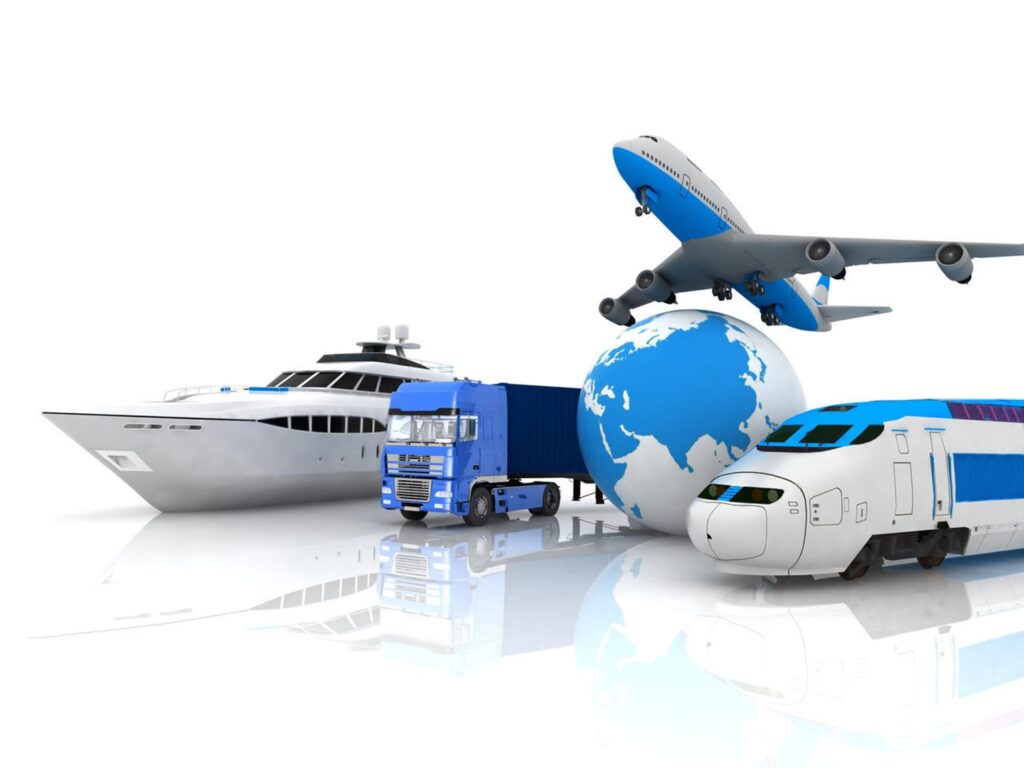
Table of Contents
1. Understanding the Basics of International Shipping
1.1 What is International Shipping?
International shipping refers to the process of transporting goods across international borders. It involves multiple stages, including packaging, documentation, freight forwarding, customs clearance, and delivery to the final destination. This process can be complex, involving various stakeholders such as shippers, consignees, freight forwarders, and customs officials. The goal is to ensure that goods are transported safely, efficiently, and in compliance with all relevant regulations.
1.2 Key Terminologies
Understanding key terminologies in international shipping is crucial for smooth operations. Some of the essential terms include:
- Customs Clearance: The process of getting goods through customs authorities to enter a country. This involves submitting necessary documents and paying applicable duties and taxes.
- Incoterms: International Commercial Terms that define the responsibilities of buyers and sellers in international transactions. Examples include FOB (Free on Board), CIF (Cost, Insurance, and Freight), and DDP (Delivered Duty Paid).
- Bill of Lading (BOL): A legal document issued by a carrier to acknowledge receipt of cargo for shipment.
- HS Code: Harmonized System Code used to classify traded products for customs purposes.
1.3 The Role of Freight Forwarders
Freight forwarders play a vital role in international shipping by acting as intermediaries between shippers and carriers. They handle various logistics services, including:
- Arranging transportation (both ocean and air freight)
- Customs clearance
- Warehousing and distribution
- Insurance services
- Documentation and compliance
By leveraging their expertise and global network, freight forwarders like Dantful International Logistics can streamline the shipping process, reduce costs, and mitigate risks.
2. Types of Shipping Methods
2.1 Ocean Freight
Ocean Freight is the most common method for shipping large volumes of goods internationally. It is cost-effective and suitable for bulky or heavy items. Ocean freight can be divided into two main types:
- Full Container Load (FCL): Shipping a full container exclusively for one shipment.
- Less than Container Load (LCL): Sharing container space with other shipments.
2.2 Air Freight
Air Freight is faster than ocean freight and is ideal for time-sensitive or high-value goods. While it is more expensive, it offers quicker transit times and a higher level of security. Air freight is particularly beneficial for products with short shelf lives or in industries where speed is critical.
2.3 Comparison Table: Ocean vs. Air Freight
| Criteria | Ocean Freight | Air Freight |
|---|---|---|
| Cost | Lower | Higher |
| Speed | Slower (weeks to months) | Faster (days to a week) |
| Capacity | Larger (suitable for bulk goods) | Smaller (limited by aircraft) |
| Environmental Impact | Higher CO2 emissions | Lower CO2 emissions |
| Suitability | Bulky/heavy items | Time-sensitive/valuable items |
3. Choosing the Right Shipping Method
3.1 Factors to Consider
When choosing between ocean and air freight, consider the following factors:
- Cost: Evaluate your budget and the total shipping costs, including transportation, customs duties, and storage.
- Speed: Determine the urgency of your shipment. Air freight is quicker but more expensive, while ocean freight is slower but cost-effective.
- Type of Goods: Consider the nature and value of your goods. Perishable or high-value items may require air freight, whereas bulk commodities are better suited for ocean freight.
- Destination: The geographical location and accessibility of your destination can influence your choice.
3.2 Case Studies: When to Choose Ocean vs. Air Freight
Case Study 1: Choosing Ocean Freight
A furniture manufacturer in China needs to ship large quantities of products to a distributor in the United States. Given the bulky nature of the goods and the relatively flexible delivery timeline, ocean freight is the preferred choice. The manufacturer opts for FCL to ensure the goods are shipped in a dedicated container, minimizing handling and potential damage.
Case Study 2: Choosing Air Freight
An electronics company in China needs to deliver a batch of high-value, time-sensitive gadgets to retailers in Europe for a product launch. Given the urgency and the high value of the items, air freight is the ideal choice. Despite the higher cost, the company benefits from the speed and security of air transportation, ensuring the products reach the market on time.
4. Step-by-Step Guide to Arranging Shipping
4.1 Selecting a Reliable Freight Forwarder
Choosing a reliable freight forwarder is the cornerstone of efficient international shipping. A freight forwarder like Dantful International Logistics offers comprehensive services that cover every aspect of the shipping process. They provide:
- Expertise in handling complex logistics
- Extensive network of carriers and partners
- Competitive pricing
- Robust customer support
When selecting a freight forwarder, consider their experience, reputation, service offerings, and ability to handle your specific shipping requirements.
4.2 Preparing Shipping Documents
Proper documentation is crucial for smooth international shipping. Key documents include:
- Commercial Invoice: Specifies the buyer and seller, and details the goods sold, including their value.
- Bill of Lading (BOL): A legal document between the shipper and carrier detailing the type, quantity, and destination of the goods being shipped.
- Packing List: Includes detailed information about the contents of the shipment.
- Certificate of Origin: Indicates where the goods were manufactured.
- Customs Declaration: Required for customs clearance, detailing the goods and their value.
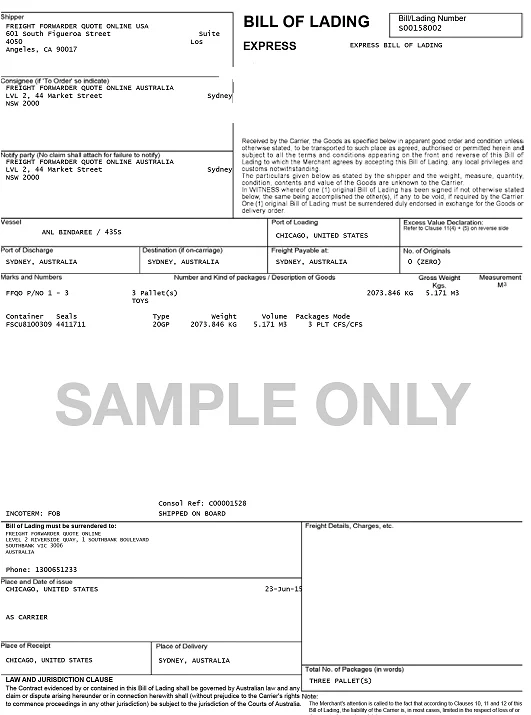
Accurate and complete documentation helps prevent delays and ensures compliance with international regulations.
4.3 Arranging Insurance Services
Shipping goods internationally involves various risks, including damage, theft, and loss. Arranging insurance services provides financial protection and peace of mind. Dantful International Logistics offers comprehensive insurance coverage tailored to your specific needs. Key benefits include:
- Coverage for a wide range of risks
- Quick claims processing
- Competitive premiums
4.4 Booking and Scheduling
Once you’ve selected a freight forwarder and prepared the necessary documents, the next step is to book and schedule your shipment. This involves:
- Choosing the appropriate shipping method (ocean or air freight)
- Selecting the carrier and route
- Scheduling the pick-up and delivery dates
Your freight forwarder will handle these tasks, ensuring timely and efficient transportation of your goods.
4.5 Tracking and Monitoring Shipments
Tracking and monitoring your shipment is essential for ensuring it reaches its destination on time and in good condition. Modern freight forwarders like Dantful International Logistics offer advanced tracking systems that provide real-time updates on your shipment’s status. Benefits include:
- Increased visibility and control
- Early detection of potential issues
- Improved customer satisfaction
5. Common Challenges and Solutions
5.1 Customs Delays
Customs delays are a common challenge in international shipping. They can occur due to incomplete documentation, incorrect tariff classifications, or security inspections. Solutions include:
- Ensuring accurate and complete documentation
- Working with experienced customs brokers
- Staying informed about country-specific regulations
5.2 Shipping Delays
Shipping delays can result from various factors, including bad weather, port congestion, or carrier issues. To mitigate delays:
- Plan shipments well in advance
- Choose reliable carriers with contingency plans
- Monitor your shipment regularly and communicate with your freight forwarder
5.3 Tips for Smooth Shipping Process
To ensure a smooth shipping process:
- Stay organized with documentation and scheduling
- Choose the right shipping method based on your needs
- Work with a reputable freight forwarder like Dantful International Logistics
- Monitor your shipment and resolve issues proactively
Contact Dantful International Logistics today for expert guidance and top-notch services to streamline your international shipping process. Whether you’re shipping by air or sea, Dantful International Logistics has the solutions you need to succeed in global trade.

Young Chiu is a seasoned logistics expert with over 15 years of experience in international freight forwarding and supply chain management. As CEO of Dantful International Logistics, Young is dedicated to providing valuable insights and practical advice to businesses navigating the complexities of global shipping.

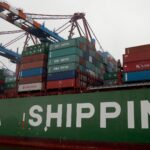


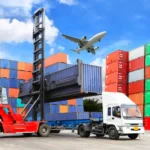
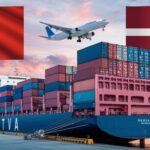


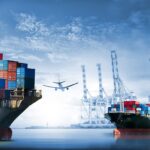
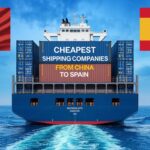

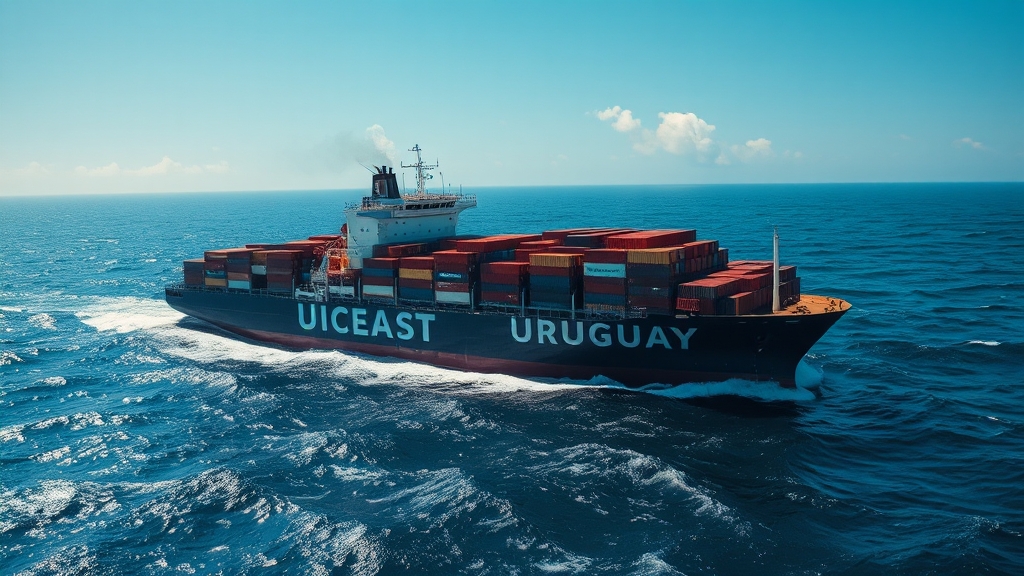
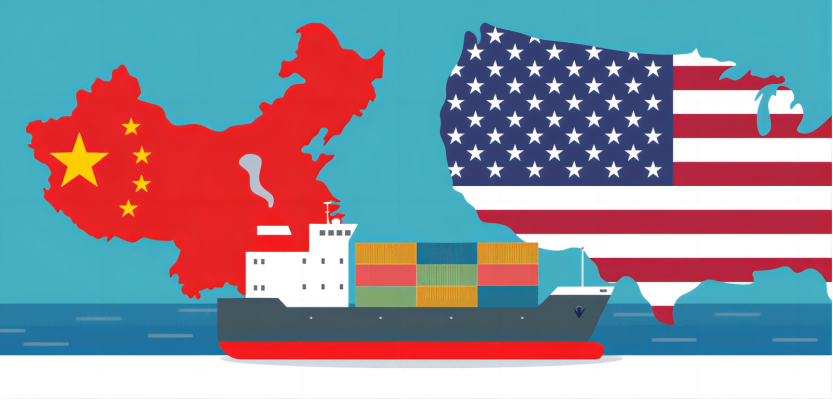
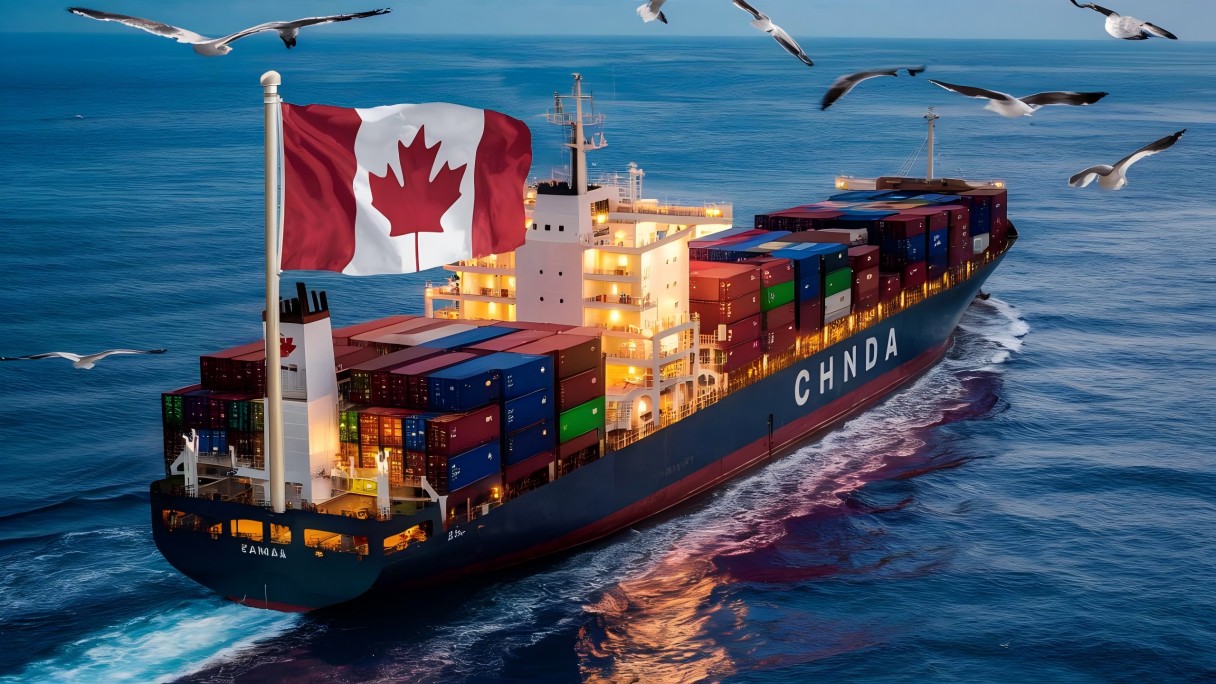
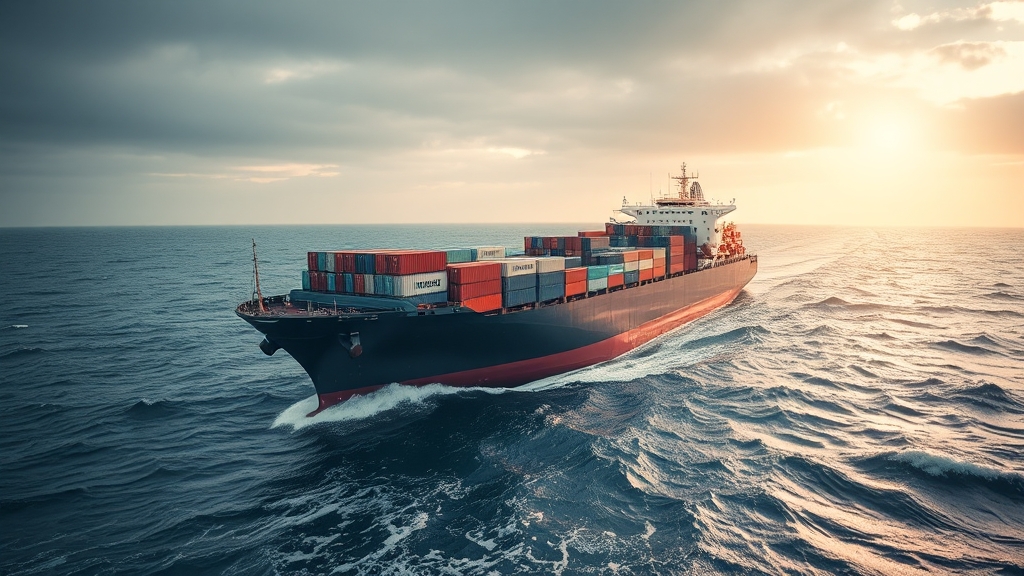
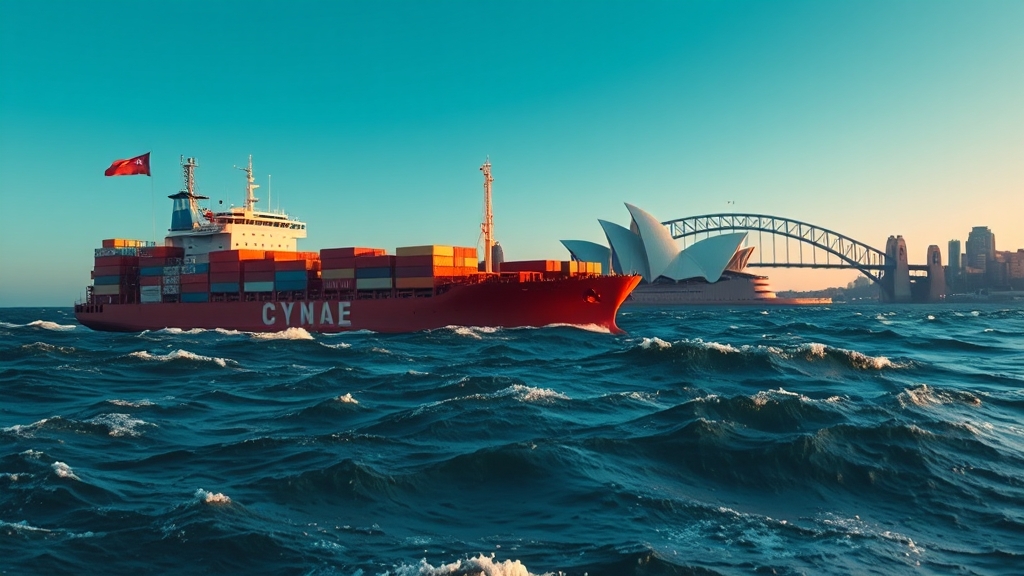





 Afrikaans
Afrikaans Shqip
Shqip አማርኛ
አማርኛ العربية
العربية Հայերեն
Հայերեն Azərbaycan dili
Azərbaycan dili Euskara
Euskara Беларуская мова
Беларуская мова বাংলা
বাংলা Bosanski
Bosanski Български
Български Català
Català Cebuano
Cebuano Chichewa
Chichewa 简体中文
简体中文 繁體中文
繁體中文 Corsu
Corsu Hrvatski
Hrvatski Čeština
Čeština Dansk
Dansk Nederlands
Nederlands English
English Esperanto
Esperanto Eesti
Eesti Filipino
Filipino Suomi
Suomi Français
Français Galego
Galego ქართული
ქართული Deutsch
Deutsch Ελληνικά
Ελληνικά Kreyol ayisyen
Kreyol ayisyen Harshen Hausa
Harshen Hausa Ōlelo Hawaiʻi
Ōlelo Hawaiʻi עִבְרִית
עִבְרִית हिन्दी
हिन्दी Hmong
Hmong Magyar
Magyar Íslenska
Íslenska Igbo
Igbo Bahasa Indonesia
Bahasa Indonesia Gaeilge
Gaeilge Italiano
Italiano 日本語
日本語 Basa Jawa
Basa Jawa ಕನ್ನಡ
ಕನ್ನಡ Қазақ тілі
Қазақ тілі ភាសាខ្មែរ
ភាសាខ្មែរ 한국어
한국어 كوردی
كوردی Кыргызча
Кыргызча ພາສາລາວ
ພາສາລາວ Latin
Latin Latviešu valoda
Latviešu valoda Lietuvių kalba
Lietuvių kalba Lëtzebuergesch
Lëtzebuergesch Македонски јазик
Македонски јазик Malagasy
Malagasy Bahasa Melayu
Bahasa Melayu മലയാളം
മലയാളം Maltese
Maltese Te Reo Māori
Te Reo Māori मराठी
मराठी Монгол
Монгол ဗမာစာ
ဗမာစာ नेपाली
नेपाली Norsk bokmål
Norsk bokmål پښتو
پښتو فارسی
فارسی Polski
Polski Português
Português ਪੰਜਾਬੀ
ਪੰਜਾਬੀ Română
Română Русский
Русский Samoan
Samoan Gàidhlig
Gàidhlig Српски језик
Српски језик Sesotho
Sesotho Shona
Shona سنڌي
سنڌي සිංහල
සිංහල Slovenčina
Slovenčina Slovenščina
Slovenščina Afsoomaali
Afsoomaali Español
Español Basa Sunda
Basa Sunda Kiswahili
Kiswahili Svenska
Svenska Тоҷикӣ
Тоҷикӣ தமிழ்
தமிழ் తెలుగు
తెలుగు ไทย
ไทย Türkçe
Türkçe Українська
Українська اردو
اردو O‘zbekcha
O‘zbekcha Tiếng Việt
Tiếng Việt Cymraeg
Cymraeg יידיש
יידיש Yorùbá
Yorùbá Zulu
Zulu